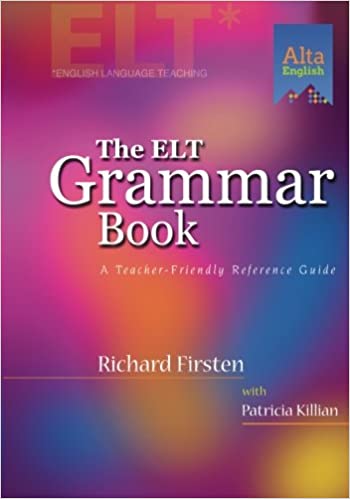Today’s video is just an introduction, really. In the future, I’ll have grammar videos that teach specific lessons on grammar for the TOEFL. But today, I’m only going to give a general introduction to TOEFL grammar—what it is, why it’s important, and what you should do to prepare.
Why Study Grammar for the TOEFL
First, let’s make clear that there is no grammar section on the TOEFL iBT. On the paper-based test, there is a section that tests grammar specifically, and on other, similar English texts you might see a grammar section, but not on the iBT. I don’t mean that grammar isn’t important for the TOEFL, though! It absolutely is, but it’s only important in use. That is, you have to speak with correct grammar and write essays with correct grammar if you want to do very well on the TOEFL, because graders pay specific attention to your grammar when reviewing your answers to the speaking and writing sections.
How to Study TOEFL Grammar
Many people study grammar in a two step process: they learn the rules, and then they do exercises to test their knowledge of the rules. This is not how you should study TOEFL grammar. It’s part of effective grammar improvement, but only part. After all, remember that the TOEFL itself only includes grammar in use. It doesn’t matter if you can look at a sentence on paper and choose which tense the verb should be. You have to use that correct tense in your writing, or in your spoken answers.
In order to improve your actual grammar usage, you need to do four things:
- Learn the rules. Those grammar exercises mentioned above can help for this! We also have free online grammar lessons, which you can learn more about here.
- See or hear them used. This helps you to understand the context of the structures and how they can be combined with others. Read, read, read!
- Use them yourself. Imitate what you read and hear. Don’t just use the rules in theory; try to use the same types of sentences you read and hear.
- Correct yourself. As you continue reviewing rules you’ve learned in the past and seeing them in use by natives, you will start to find mistakes in your own writing or speech. That’s not just okay; it’s actually a good thing. If you didn’t find mistakes, that would mean you weren’t making progress. Mistakes are important for progress. Correct yourself often.
Although learning starts with step one, if you want to really improve your grammar, you have to do a lot of steps two, three, and four, too. But keep in mind it’s not a straight line. That is, you don’t go from step one to step four and then finish. You need to do all the steps in combination. You will move from one to two, two back to one, one to three, three to two, three to four, etc. But keep doing all four parts, and you’ll see improvement.
PS. We made an infographic about this, too. 🙂 Check it out here: TOEFL Grammar Infographic.






Leave a Reply